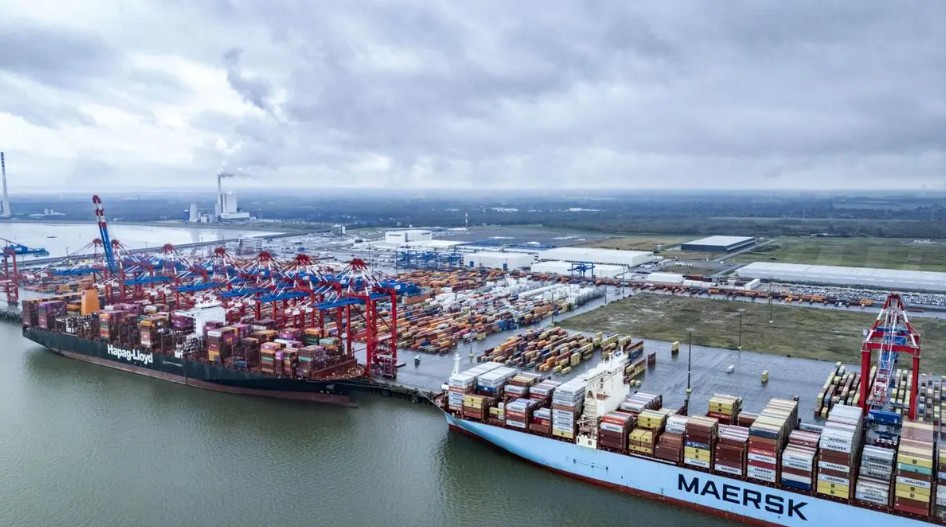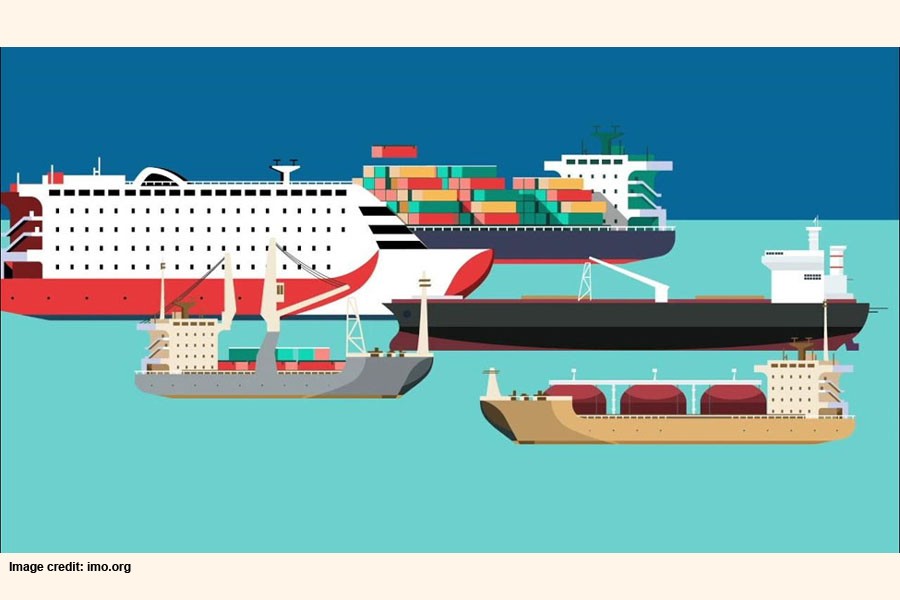search the site
Atmanirbhar armada. Time to float more Indian ships

With the Red Sea crisis dragging on for more than a year now and the US recently announcing plans to impose a tariff on Chinese ships, the need for India to build its own strong shipping fleet assumes greater urgency. This would not only end its dependence on foreign ships but also equip it to better manage future maritime crises at the global level. In this context, the government’s plan to launch the Bharat Container Line (BCL) is timely
Amid the escalation in the Israel-Palestine conflict, the attack by Yemen’s Houthi rebels in the Red Sea is forcing ships, especially large container vessels, to avoid the Suez Canal and traverse the longer, expensive route via the Cape of Good Hope. The delays and added cost have dealt a heavy blow to global maritime trade. Aggravating matters is the US administration’s plan to charge Chinese-owned cargo ships as well as China-built third-country flagged vessels $1 million or more per port of call in the US. Reason? Over half of all ships delivered globally in 2024 were built in China.
India’s shipping trade is heavily dependent on foreign ships to carry Indian cargo to international destinations, including the US.
US-based freight forwarding and logistics company Flexport estimates that Chinese vessels constitute nearly 30 per cent of the top 20 ocean carriers’ fleet. Container ships typically make 2-3 port calls per loop — so the fee could be a whopping $3 million per trip. To put things in perspective, the average revenue per trip is $10-15 million, it said.
Maritime transport accounts for 95 per cent of India’s trade (by volume) but the country’s shipping fleet numbers just over 1,500, with about 14 million gross tonnage (GT). Of these, fewer than 50 are container ships, and they are small and operate mainly on India’s coasts.
Foreign players like Maersk, CMA-CGM, MSC and Hapag-Lloyd operate container ships in India, carrying both inbound and outboard cargo.
Mind-boggling data
With its reliance on foreign vessels, India’s shipping-related expenses stand at $90 billion annually — the second-largest import cost after crude oil, says Container xChange, a global digital marketplace for container trading and leasing. The reliance on leased containers, particularly of Chinese origin, is expected to continue in the short- to mid-term.
Lars Jensen, a Denmark-based expert on the container shipping industry, posted on social media that even with a fleet of 100 vessels, BCL would remain a small, niche player on the global stage, and certainly not capable of lifting more than a fraction of Indian exports.
“A pursuit of this will further intensify the competition in especially the crowded intra-Asia market — a market wherein I would expect to see additional M&A activity in the coming years, and depending on how much money the Indian government plans to put into the project, BCL could possibly also arrive on stage as an acquirer,” he posted.
“India plans to establish a consortium from public sector enterprises to pursue port projects globally. Essentially, this has a clear flavour that India is now trying to some degree to copy China’s Belt and Road Initiative,” he added.
Much like food, defence and economic security, logistics security is a crying need if India is to emerge as a frontrunner in world trade, said J Krishnan, Partner, S Natesa Iyer Logistics LLP.
Home-grown fleets will facilitate genuine competition in container trade, he opined. Limited competition leads to price fixing, which the Indian government or trade cannot act upon, he said. “They fix a base rate and then tweak it in the name of competition. Landed cost can be scaled down with the national fleet,” he said.
Anil Devli, CEO, Indian National Shipowners Association (INSA), said that while one cannot do anything about tariffs imposed by a third country, the damage can be partly mitigated if the country has a healthy Indian flag fleet to secure transportation and, thereby, control costs and supply chains. This fleet will also serve the nation well during trade wars and other periods of emergency, he said.
INSA has long been advocating for the establishment of a maritime development fund (MDF) to offer long-tenure, low-cost financing for the acquisition of new and second-hand vessels. The removal of GST on shipping operations — on par with the practice in other ship-owning nations such as Japan, Korea and Singapore — will further spur investments in vessels, Devli said.
Jagannarayan Padmanabhan, Senior Director and Global Head, consulting-transport, mobility and logistics, Crisil Intelligence, concurred. A focused shipbuilding industry will not only cut forex spend but also give a fillip to the local manufacturing sector. The ratio of direct to indirect employment in shipbuilding is 1:5, hence there is significant scope for employment generation, he said.
Policy reforms
To remedy India’s negligible presence in global shipbuilding, on the anvil is the ₹25,000 crore maritime development fund and ₹18,090 crore shipbuilding financial assistance policy. This could reduce India’s dependence on foreign-owned container ships over time, said Container xChange’s report.
The exemption of basic customs duty on shipbuilding components for another decade could lead to cheaper container manufacturing and repair in India. However, Indian shipyards must scale up automation and efficiency to compete with China.
Vessel scrapping
The Shipyards Association of India, at a post-Budget meeting in Mumbai, urged the Centre to bring in reforms to boost manufacturing.
The inverted duty structure in GST is creating significant financial stress for shipyards, leading to input tax credit accumulation, blocking of working capital, and rising cost. Major shipyards, including Cochin Shipyard Ltd, have nearly ₹1,000 crore in unutilised ITC, the association pointed out.
Ship-grade aluminium and a specific grade of steel are not manufactured in India, leading to imports. The association called for a firm policy on scrapping vessels aged above 25, beginning with vessels of up to 600 GT.
The extension of customs duty exemption for repairs signals the government’s commitment to fostering the Indian shipbuilding and repair ecosystem, it said.
source : thehindubusinessline


















